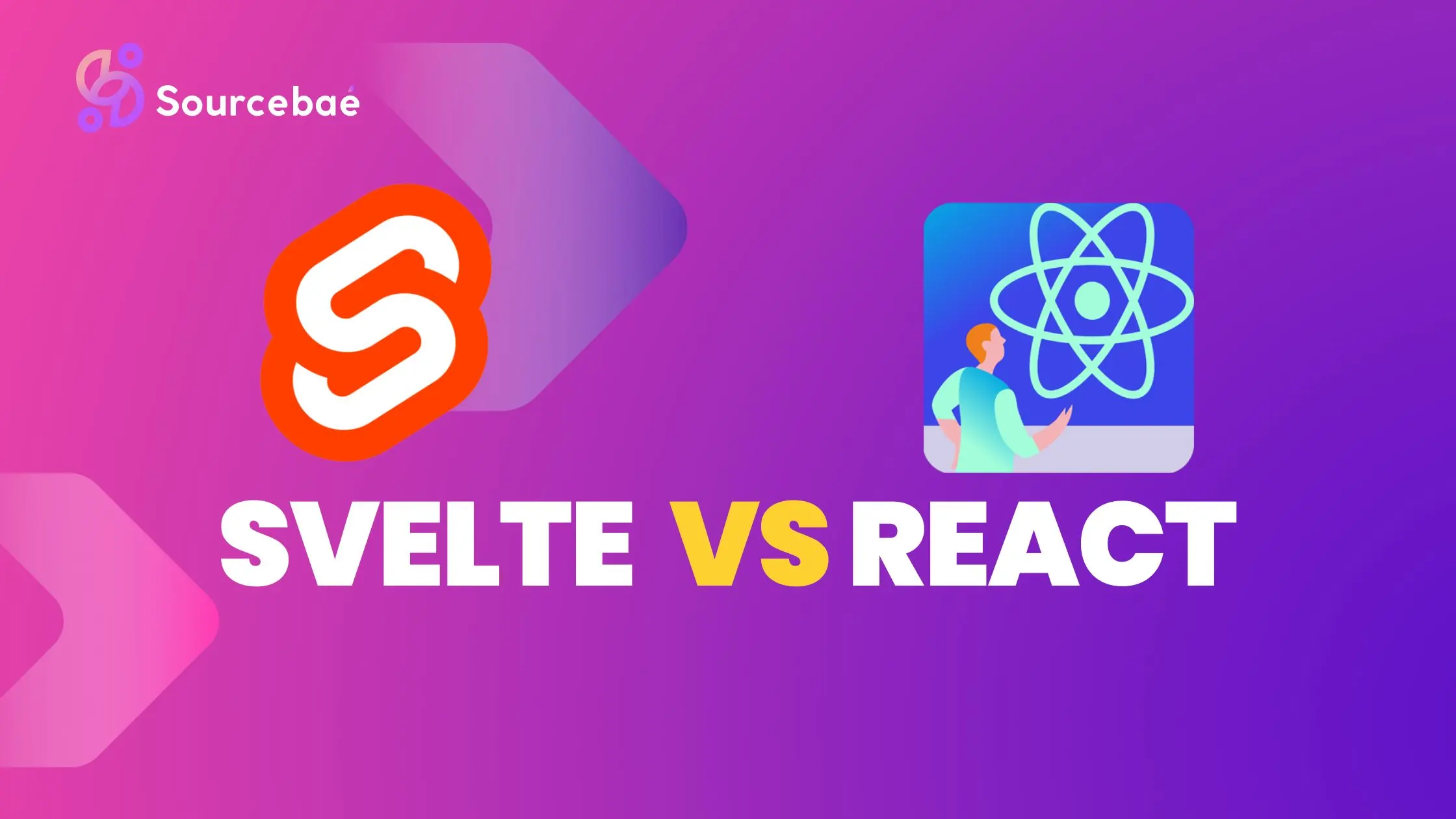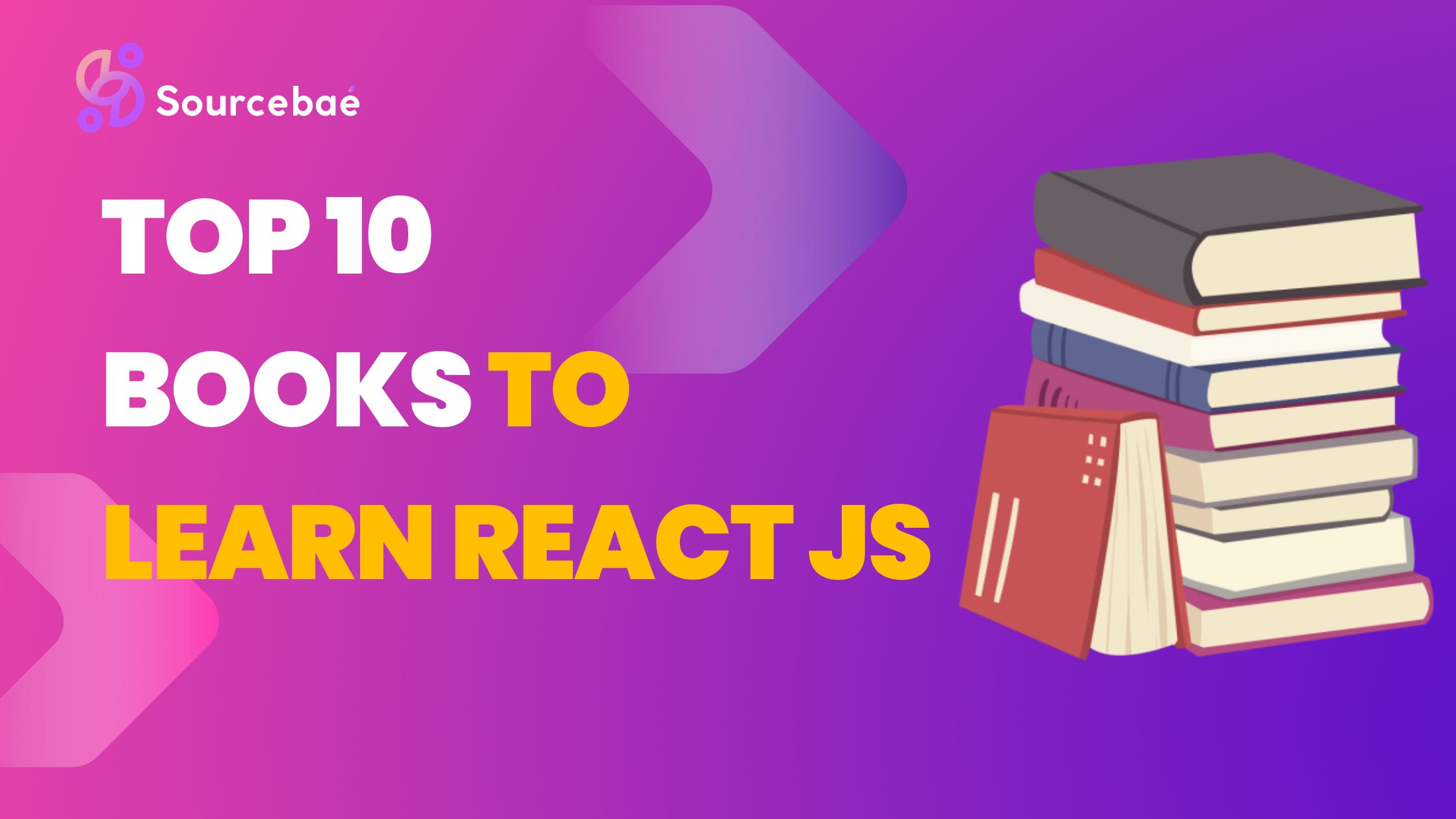Svelte vs React: Features, Performance, DX, and More

A: Both Svelte and React have active development communities and ongoing support. React’s larger community and industry adoption contribute to its long-term viability. Svelte, although newer, has gained significant traction and has a growing community. Ultimately, the long-term support for either framework depends on factors such as industry trends, community engagement, and the maintainers’ commitment.
Q: Is Svelte easier than React?
A: Both Svelte and React have their own learning curves. Svelte is often considered to have a lower learning curve due to its simplicity and intuitive syntax. It offers a concise approach to building components and managing state, making it easier for developers to get started quickly. React, on the other hand, has a more extensive ecosystem and concepts like JSX, which may require more time to learn and master. Ultimately, the perceived ease of learning depends on the developer’s familiarity with JavaScript frameworks and personal preferences.
Q: What are the disadvantages of Svelte?
A: While Svelte offers many advantages, it’s important to consider its disadvantages as well. Some potential drawbacks of Svelte include its relatively smaller community compared to React, which may result in fewer resources and libraries. Svelte’s evolving nature as a newer framework means that it may not have as many third-party integrations or extensive tooling options as React. Additionally, since Svelte relies on compilation, more complex build setups and configurations may be required compared to React’s more straightforward setup.




